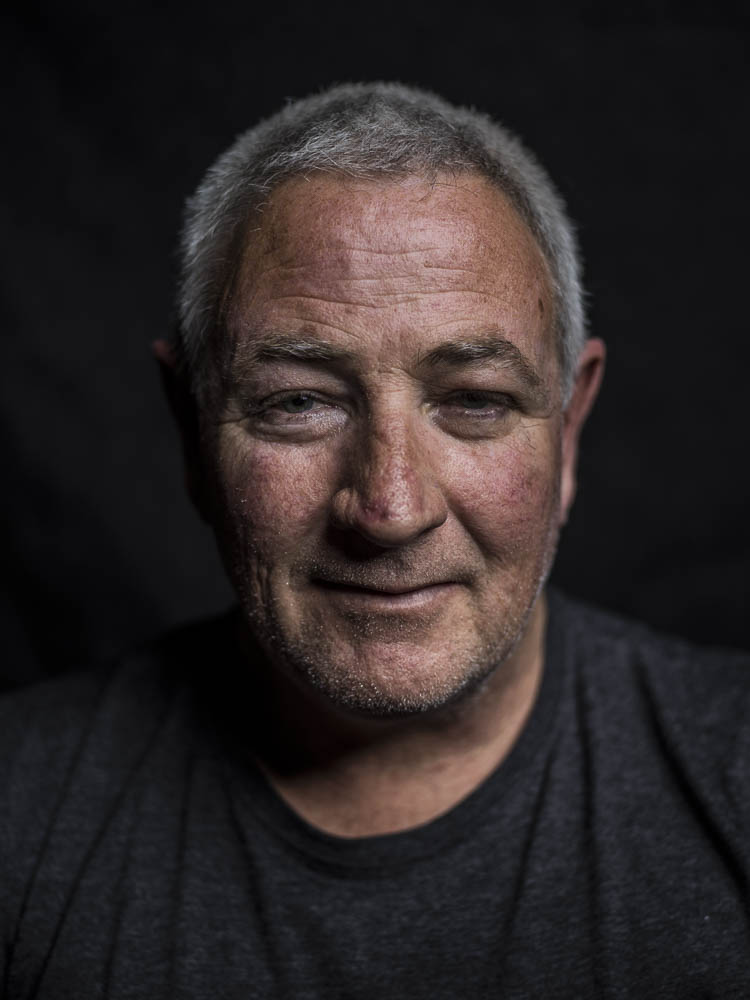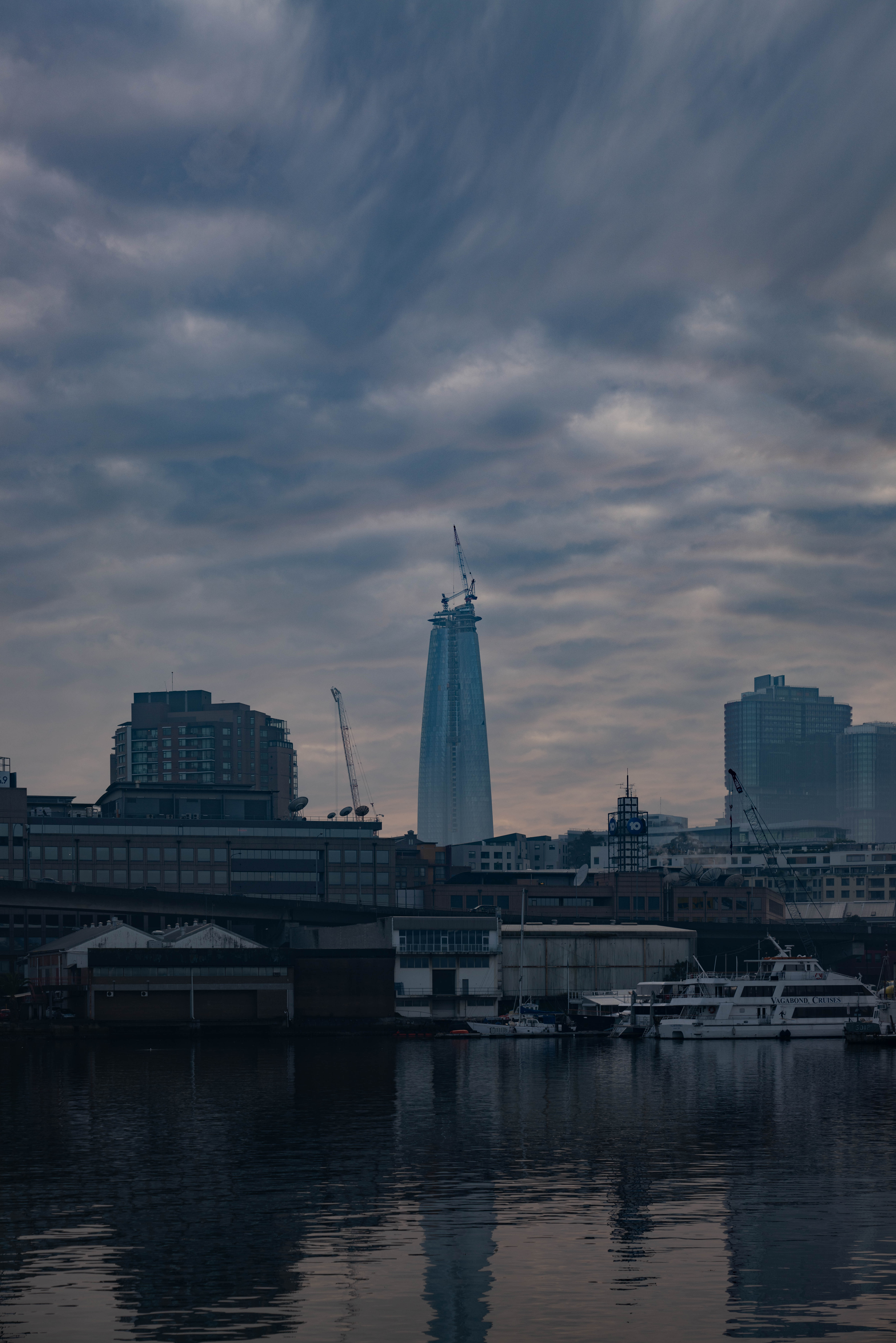
Early Morning with the s1r and the sigma 24-70 f2.8


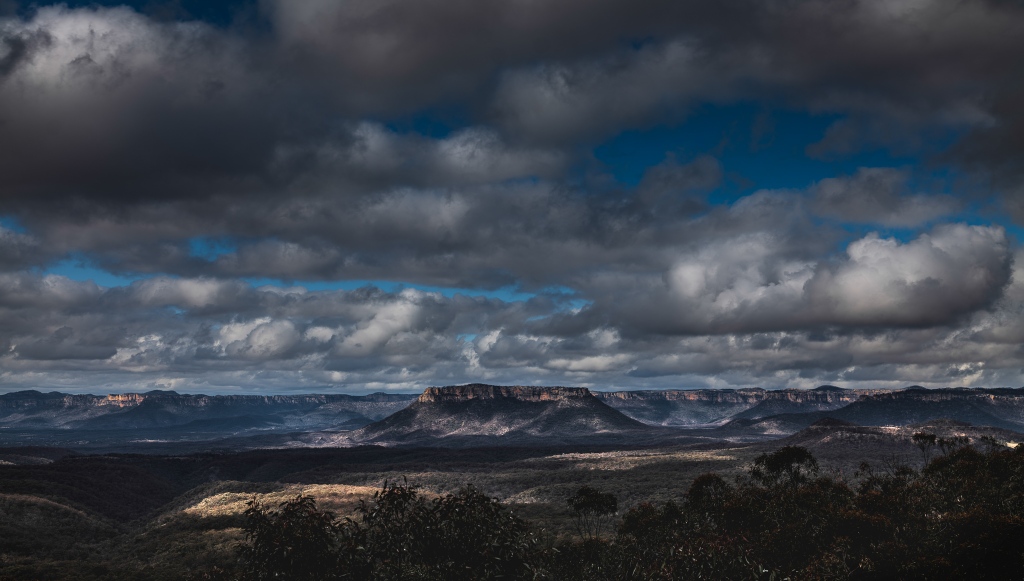
On a trip back from Tamworth I recently stopped at Pearsons Lookout whch gave me an excellent chance to compare the pixel shift capability of the Panasonic S1R. Essentially this gives you a 190mp file by shifting the sensor a pixel at a time using the full 47mp for each color rather than 47mp of RGB we get 47mp or R then 47mp of G and 47mp of B- effectively the resulting file works out at 190mp once you add a couple of extra shifts.
The drawback is that if there is movement in the image there can be some nasty problems with the edges of thinks such as trees and grass, however the camera does a pretty good job of getting rid of these and the resulting files are pretty good. I have compared them against the IQ150 phase and they are definitely not the same resolution in terms of pure raw detail, nothing can out detail or resolve the IQ150 currently but for large prints above A2 they hold up well.
I have shot a lot of different cameras, different brands, different sizes, different formats but the one question I get from professionals lately is why they should change to medium format. To be fair almost all current APS-C and full frame cameras will deliver amazing images. Our technology is mature enough and our quality good enough too safely say that whatever you choose now will deliver great pictures however that is the problem. Full disclosure here before I go on- I do not pay for my cameras, I work for the local distributor so that major barrier of cost is not so much an issue but I will attempt to explain the core reason why medium format digital is important.
Lets think for a minute about a customer looking for some photography. They see a thousand portfolios online of similar pictures shot with similar cameras using similar lenses- what differentiates any of these photographers? Any photographer with any sort of experience should be able to bang out a decent enough portrait or product shot but what this does is put them in a pool of thousands competing for an ever decreasing amount of work. The ability to change the look of your work, which medium format does enables you to rise above the pack and stand out.
How does it do this you may ask. Medium format by its nature, larger sensor and wider tonal range gives you the ability to deliver images with a shallower depth of field and more flexibility with recovering shadows and highlights. The sensors can shoot excellent pictures at higher sensitivities than smaller cameras giving the photographer wider lighting choices. The main reason I find is that when you turn up on set a client never questions why they are paying the rate they are- nothing says professional like a medium format camera.
As an older photographer I started in the days of film and prints. I wont go on about how these were “the good old days” or that we “valued photography more because not everyone could do it” but there is a grain of truth to these arguments. The printing and exhibiting of photographs in the home, office or gallery has never been easier in terms of the printing technology and paper available. Ink and paper is now as archival in most circumstances as film and silver halide and its a hell of a lot cheaper, just think what a one meter square black and white print would have cost back in the day and compare it to the same ink jet print now. When I actually had a darkroom the biggest practical print size would have been about sixty centimeters on the long side but now I can print that in my office with no chemistry and in comfortable daylight.
So if the print is easy and accessible and photography is more available than ever before why are we not seeing a flood of amazing imagery decorating of walls wherever we may be and why don’t we see a string of photographic galleries advertising exhibitions? The answer is in two parts and the first part is that we don’t value what we perceive as easy to do. When everyone is a photographer and we are bombarded by pictures there is no mystery left for the creator. Its interesting to see on set when clients comment on your equipment saying “I have a Nikon just like that” and you know they are questioning why they are paying for this when they could just go out and shoot it themselves. Shooting film used to be a skill and and a technically complex process best left to the professionals and so had an inherent value.
The other side of this is the snobbery we have here in Australia regarding photography as art. This question has been largely answered almost everywhere else in the world but here we are still obsessed with the medium and not the result. I can’t imagine Brett Whitley’s brand of paint was ever queried or which brushes he used or Margret Ollie was ever criticized because she used a certain brand of canvas but as photographers we are forever justifying our method of creation rather than the creation itself. While we are seen as “less than” painters, sculptors and other artists so will our work be relegated to the arts and crafts category.
I have spent the last two weeks talking with photographers, studio owners and retailers and the common thread is that the industry has changed or is changing and possibly not for the better. As a rule the photography business has not seen any growth in day rates or volume of work for many years, in fact the uptake of digital, it could be argued heralded the devaluation of the photography industry and its been a downhill slide since then. Anecdotal information and my personal conversations lead me to believe that most photographers are still charging a similar day rate to those they charged in the mid nineties.
Where is the future going to lead us? There are opportunities out there in the new reality but most of these are going to revolve around online and the delivery of goods and services via the web. What COVID-19 is teaching us is that the end of retail is having a domino effect for those industries that fed of it. Catalogues are now online, magazines are closing down or rapidly moving online and the demand for content to engage audiences is increasing so why are we not seeing the demand for professional content creators increasing? For the Australian content creator our major problem is that big brands are creating their world wide content in their home countries. I see the same imagery when I shop at Nike Australia’s website as an American would see, the consolidation of creation.
How do we survive? The answer here is that there is still a demand for local identity. It takes a lot of work to identify where this is and then tap into any sort of budget, its not that we create an inferior product its just we are swamped by a global market that also does it well and has the budget to “go big”. My take on the current situation is that those photographers who were on the fringe and marginal but drove the pricing down in a desperate attempt to get work will have now exited the business allowing both the quality of the work and the average hourly rate to increase- not by much but enough to ensure a viable industry remains.
So now it’s time to start working with Phase One. A new era begins and big sensors with big pixel counts are on their way.
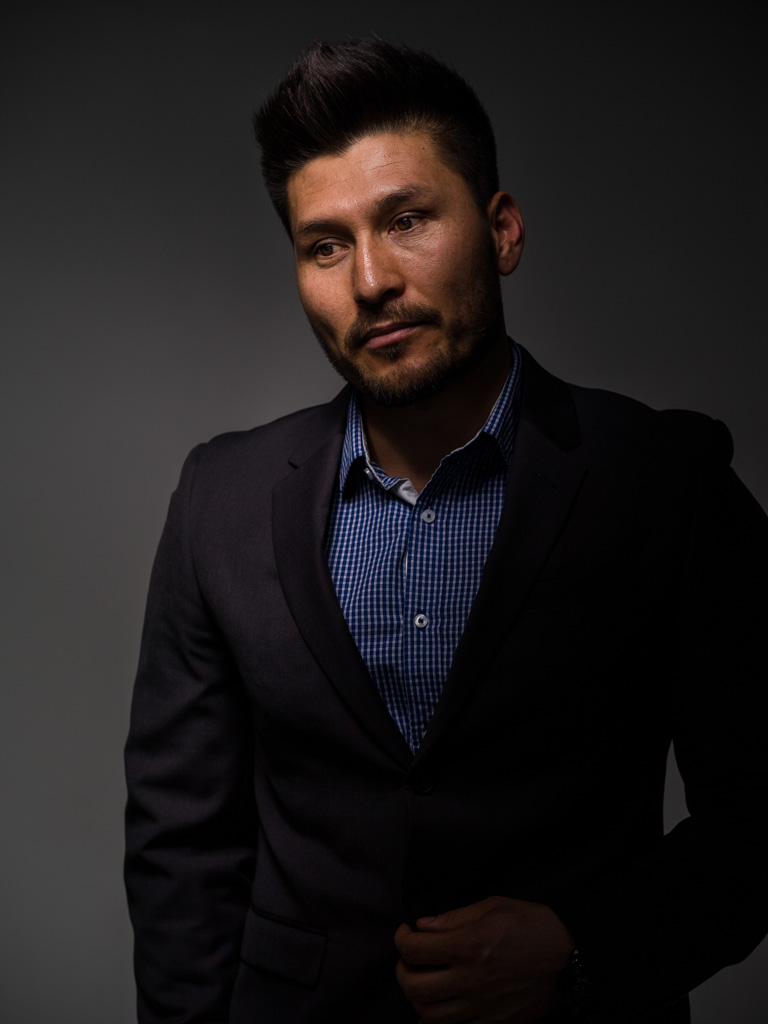
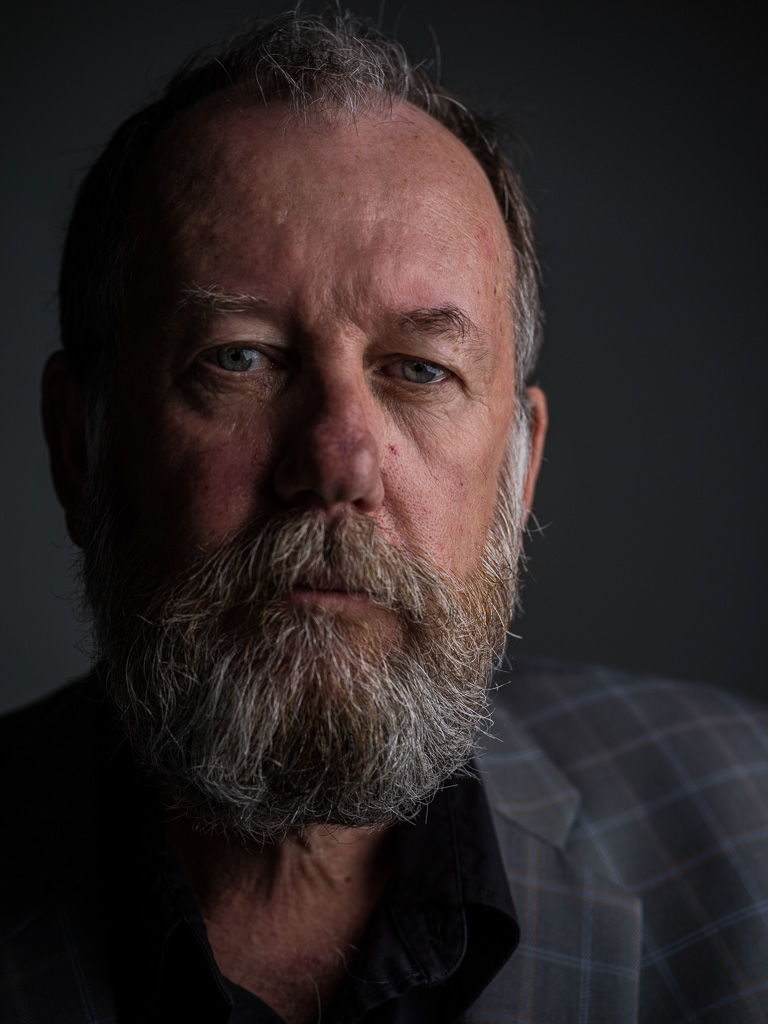

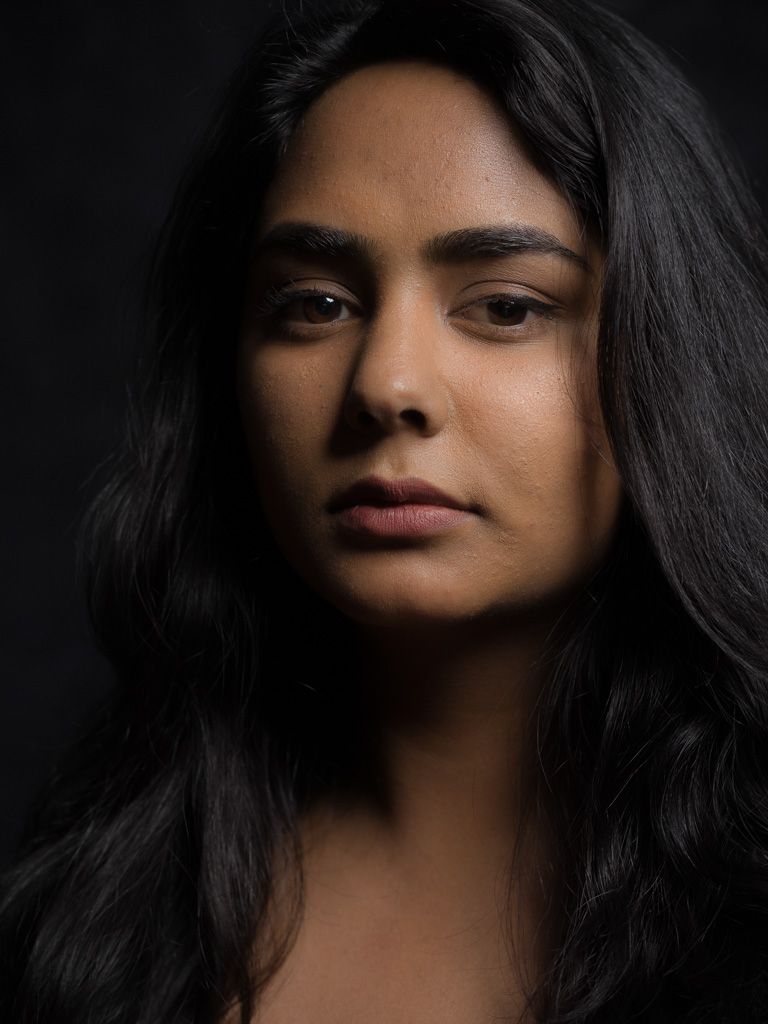
Since I received my demo X1D it has been a love hate relationship. The lenses and the image quality were offset by poor speed and buggy firmware. It improved gradually but the latest version has made a real difference.
The electronic shutter and the resizable focus points speed up the cameras operation considerably, not only has it become quicker to use I have recently discovered thats its tethered studio operation is amazing- go figure its actually a spectacular portrait camera.
The electronic shutter has a couple of drawbacks-
As a professional working camera it is a real contender and works well with studio flash at 1/2000, the Profoto B1 is especially good. I have also shot it using Fiilex LED and the results are very good. I am finding I am shooting at 400, 800 and 1600 iso just because I can and the quality at high ISO is outstanding.
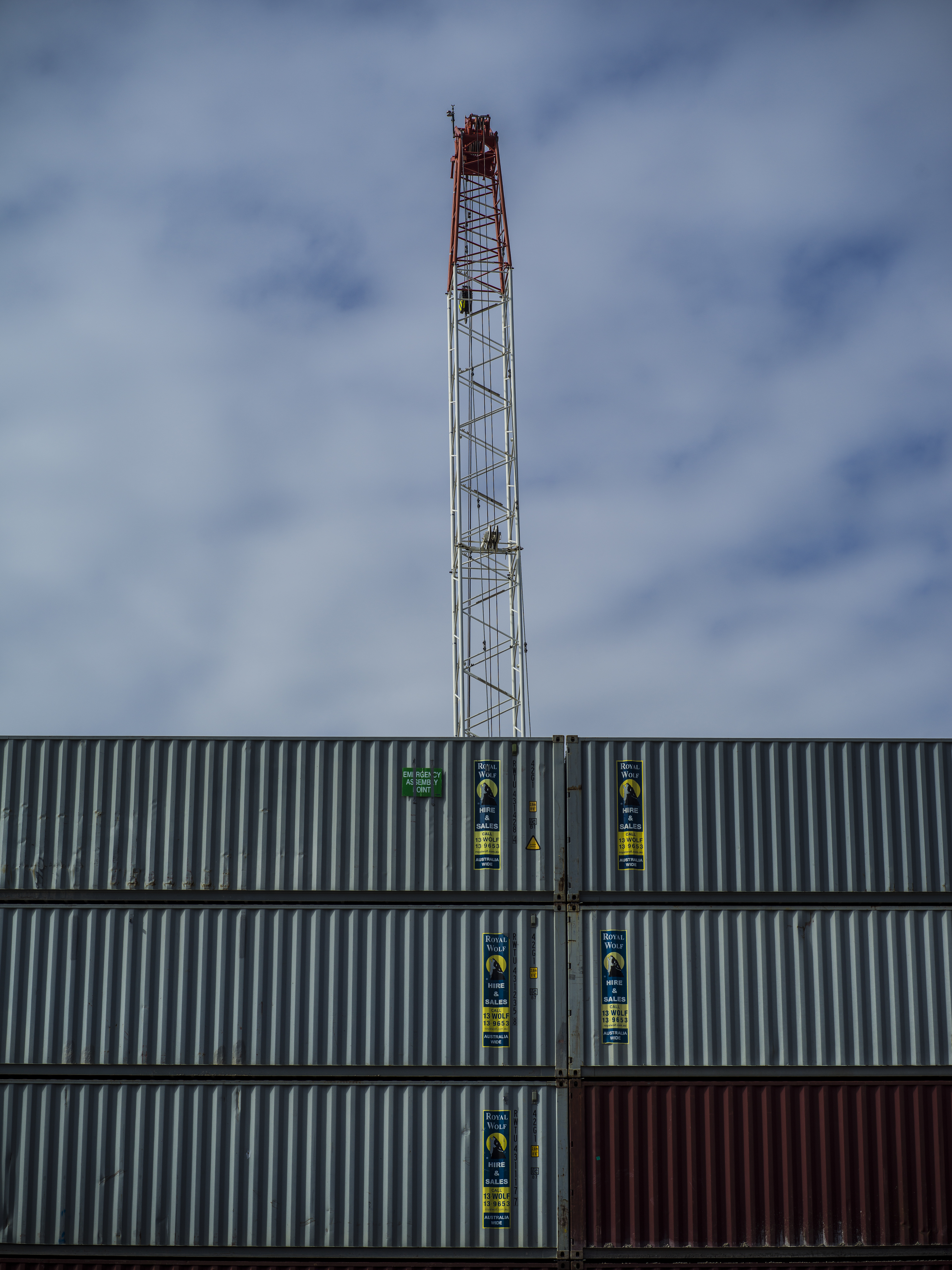
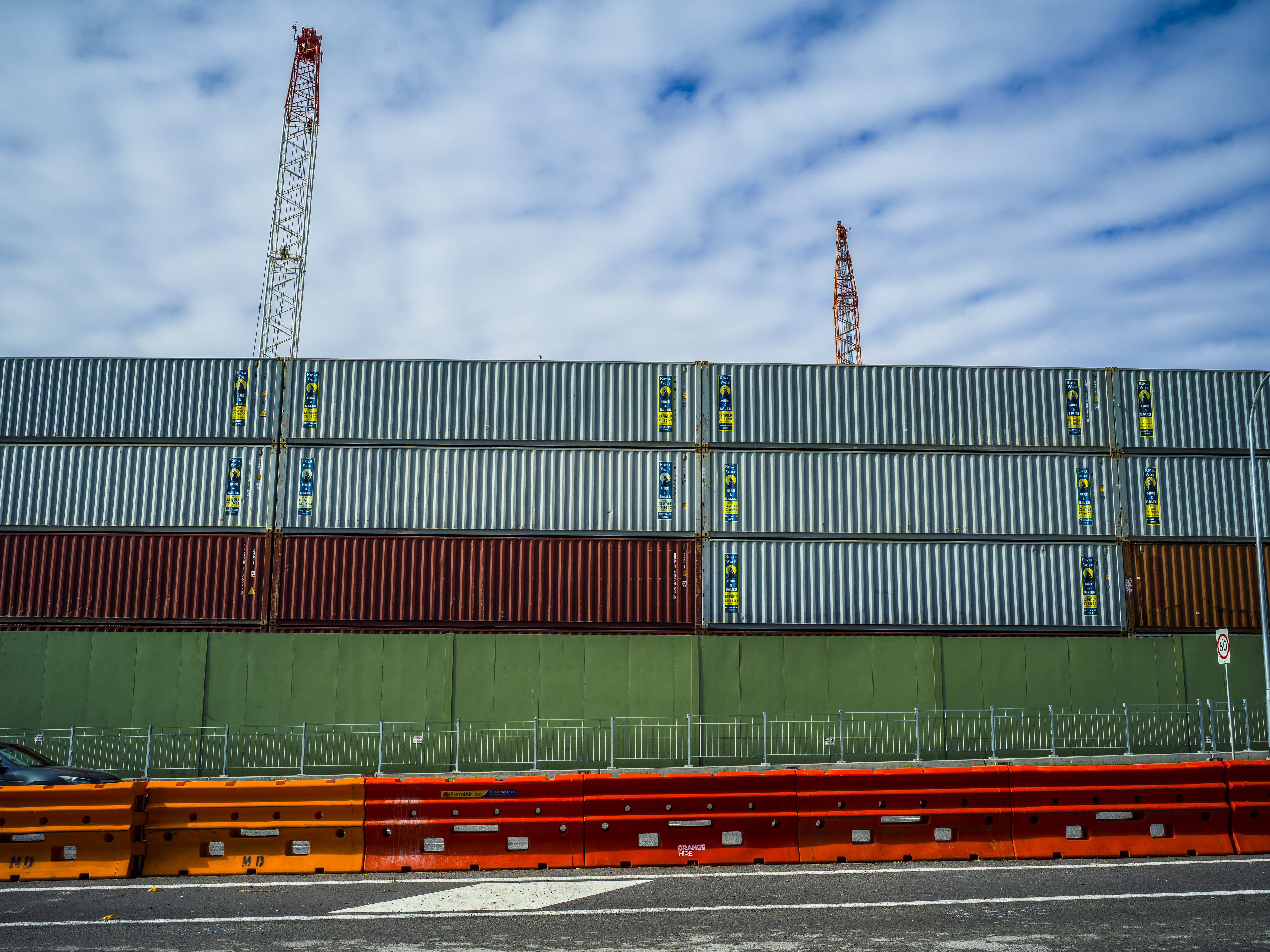
Tokyo is an easy city to shoot, even with the Hasselblad H6- usually a digital but for this trip it reverted to its roots with the addition on a film back.
Back in the day the Hasselblad square format was the “go to” camera for some big time photographers names like Bailey, Weston, Avedon and many more. I first encountered a 503cx when I started as an assistant many years ago and subsequently learnt my trade on this body, from that point on I was hooked.
The square format worked for me and still does even though the larger Mamiya cameras were more common and your average art director seemed more at home with the rectangular format the lenses with their Zeiss optics made the images from the little Swedish box shine with a special something.
Fast forward to digital and even Hasselblad has moved to the more common 6 x 4.5 format and so it was with a back loaded with Kodak Ektar that I hit the streets of Ginza.
Colour negative film has a certain latitude that transparency or positive film does not but still it requires fairly accurate metering to get the best out of it and the H6 managed quite well, it also helps that I have access to one of the best scanners made- the Hasselblad X5.
Film has the benefit of being scalable, meaning you can pretty much produce a file that will print to any size given the right scanner especially the larger medium format film- this is where the medium format quality comes into its own, big pictures.
Ginza is premium shopping district in Tokyo so all the big international brands are there and no one shops like the Japanese, it’s a national pastime and obsession. I don’t think I know of any country that takes consumerism to the level that the Japanese manage.
All in all its a great feeling to shoot a camera designed with a 100mp back in mind using film, it really is an experience even though it isn’t square or 6 x 6 for that matter.
You can see more here-
Get your print here – Winter Tree Roots Number One
